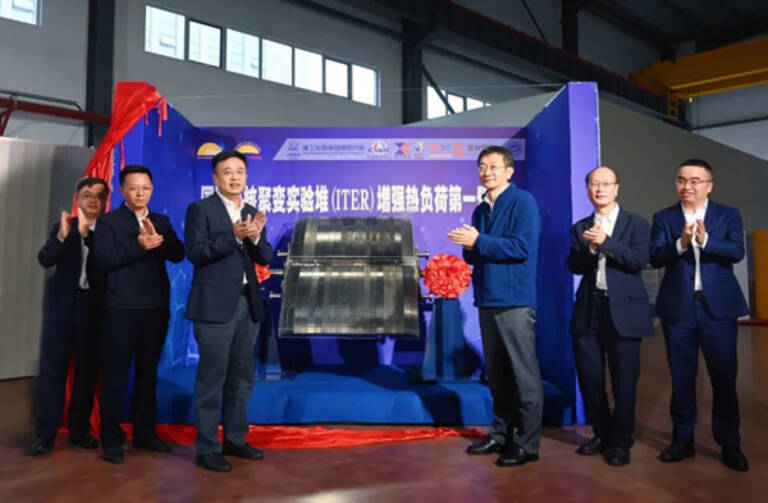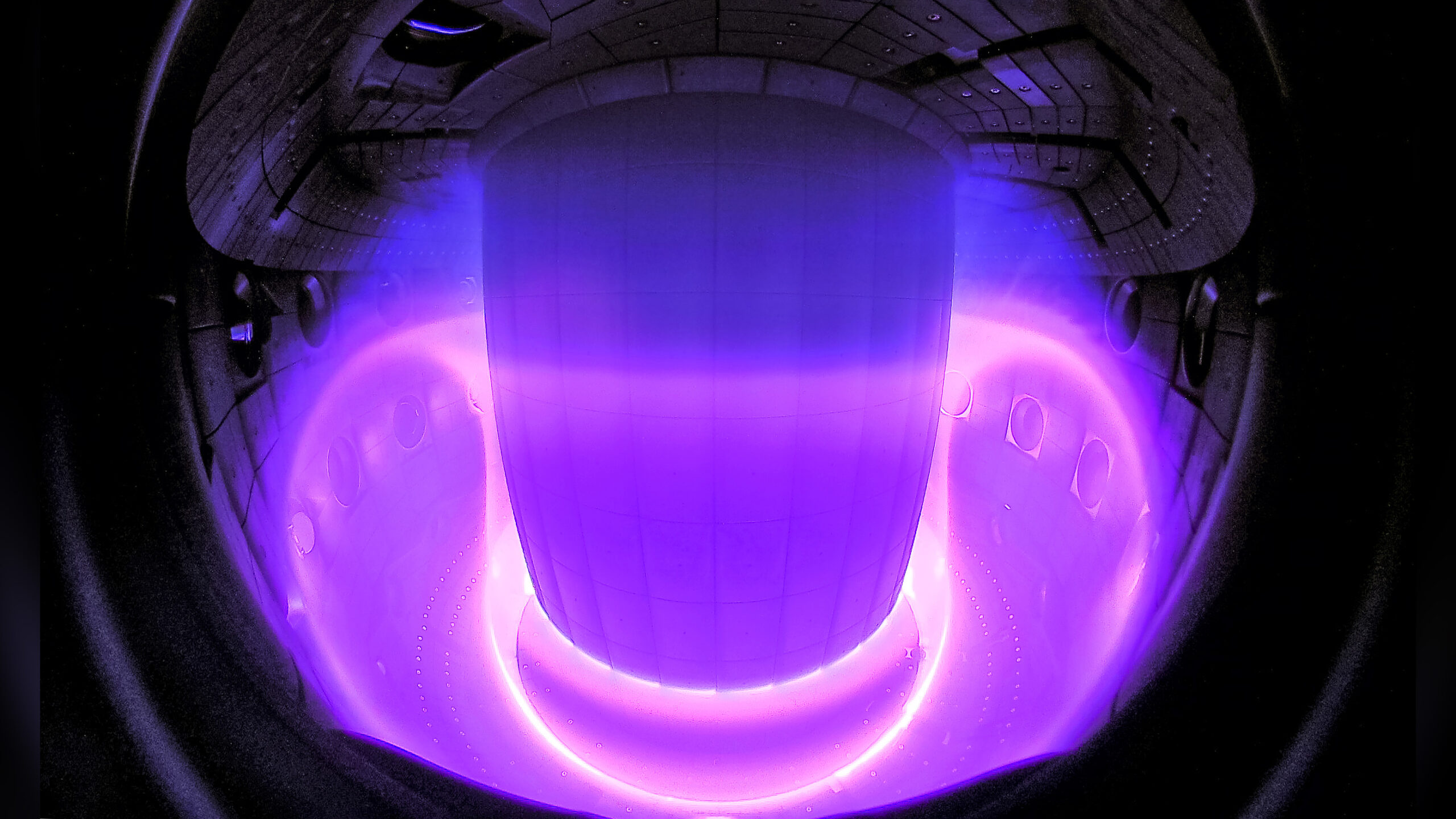China: Extreme engineering feat brings nuclear fusion closer

According to the South China Morning Post (SCMP), China has taken a big step to make a significant contribution to a vast international project that aims to produce energy through fusion. If successful, this project could, one day, be a source of infinite energy.
According to the SCMP, Chinese scientists have successfully built and tested the first panel of the so-called ultra-heat resistant part for the International Thermonuclear Experimental Reactor (ITER), the largest fusion reactor in the world. ITER's developer, the Southwestern Institute of Physics, said on Tuesday that the components, which must withstand scorching gases, known as plasma, up to 150 million degrees Celsius, inside ITER's donut-shaped TOKAMAK chamber, “ they have outperformed their design and are ready for mass production.”
The result was praised as "a substantial breakthrough after thousands of experiments and 18 years of hard work" and another example of "fulfilling China's commitments to ITER," said Chen Jiming, the institute's lead scientist , at the SCMP. 54 of the 440 panels needed for the reactor are manufactured by China, one of seven participants in the ITER project. Together, they will form ITER's so-called 'first wall', a vital component created to shield the reactor interior by absorbing most of the radiation and heat from the plasma.
The panels, made up of layers of beryllium, copper alloy and stainless steel, measuring 1 meter by 1.5 meters, must withstand a thermal load of 4.7 megawatts per square meter. “By comparison, solar radiation hitting the Earth is about 0.001 megawatts per square meter. It's the heat we feel on our bodies while standing in the sun at the equator in mid-day summer,” explained ITER Director General Pietro Barabaschi. He said it would take "extraordinary engineering effort to develop acceptable solutions" to remove a heat load 4,700 times the amount of solar radiation." Furthermore, the panels must be built to withstand 30,000 plasma pulses during ITER's 20-year lifetime.
According to Chen, combining the many layers of the panel, particularly those of beryllium and copper alloy, was the most challenging stage in the development process. “If the splicing malfunctions, materials can easily melt and fall into the plasma,” Chen explained.
“We have failed many times. Eventually, we came up with an innovative approach to laser welding and solved the problem,” Chen said. The neutrons generated by the fusion events are also stopped or slowed down by the first wall of the reactor, which regulates the flow of these particles inside the chamber. The presence of these structures will make it possible to adequately contain the energy flows of the plasma, placing fusion one step closer.

Thanks to our Telegram channel you can stay updated on the publication of new articles from Economic Scenarios.
The article China: Extreme engineering feat brings nuclear fusion closer comes from Economic Scenarios .
This is a machine translation of a post published on Scenari Economici at the URL https://scenarieconomici.it/cina-una-realizzazione-ingegneristica-estrema-rende-la-fusione-nucleare-piu-vicina/ on Fri, 25 Nov 2022 15:45:25 +0000.

